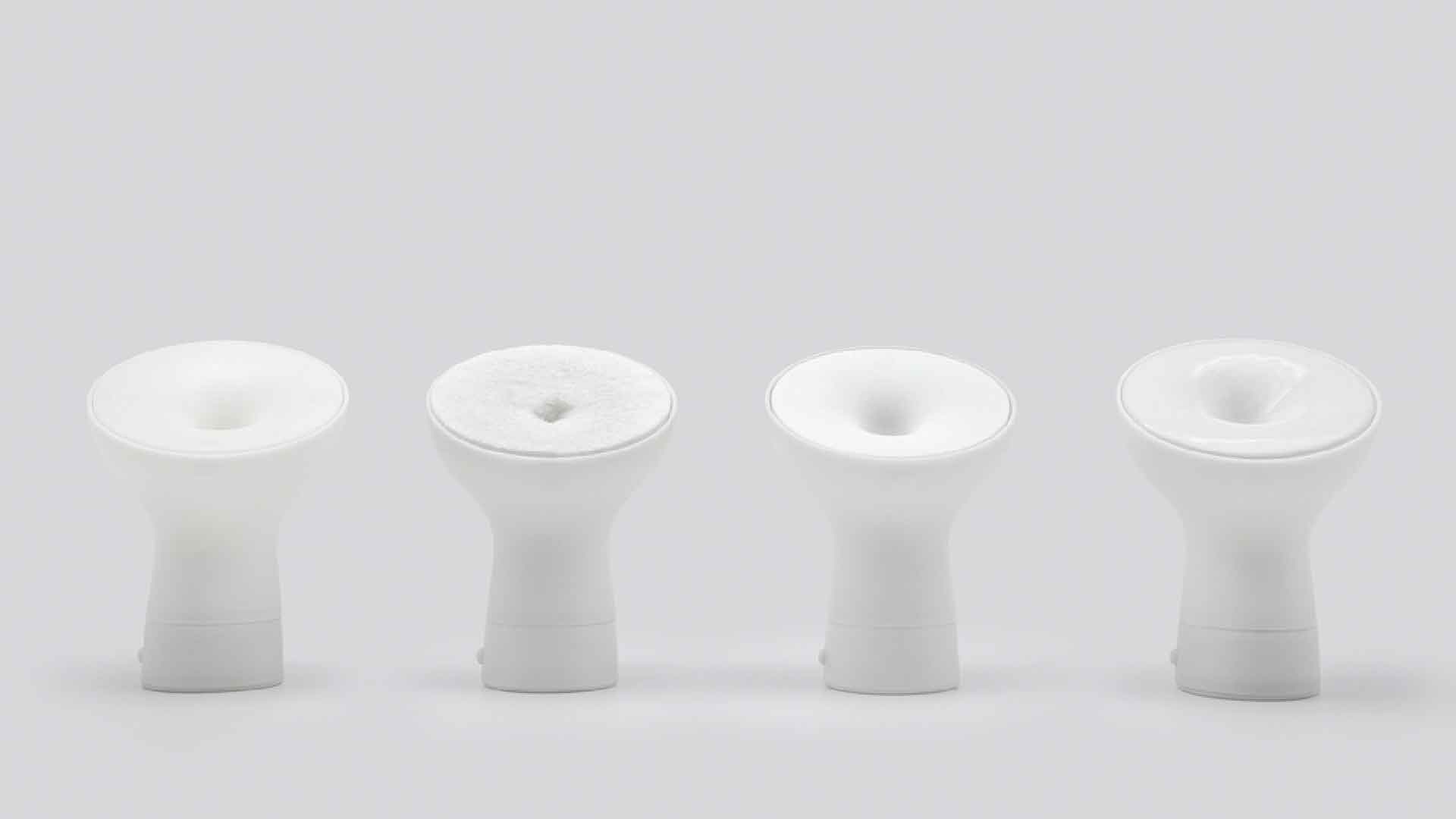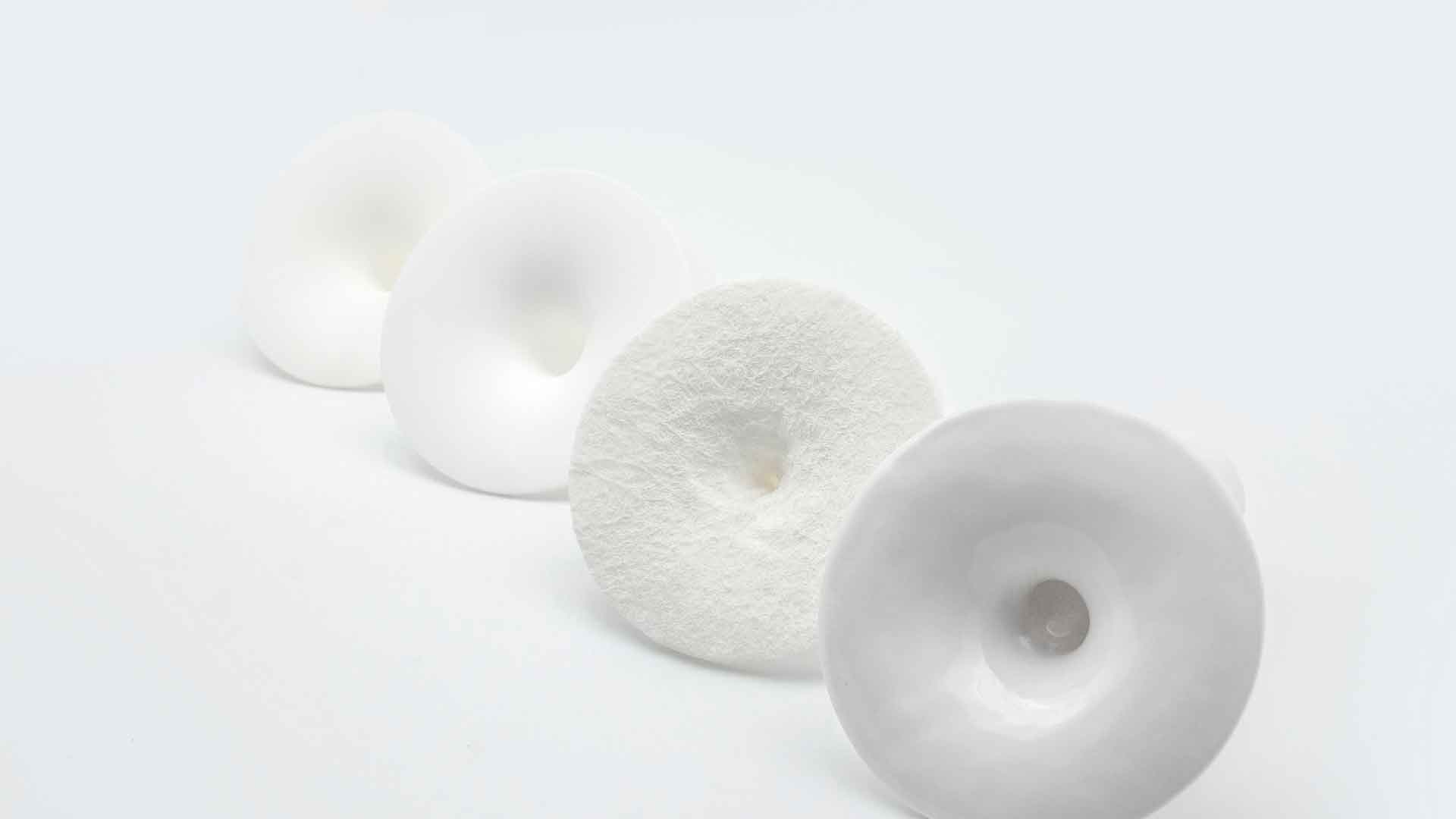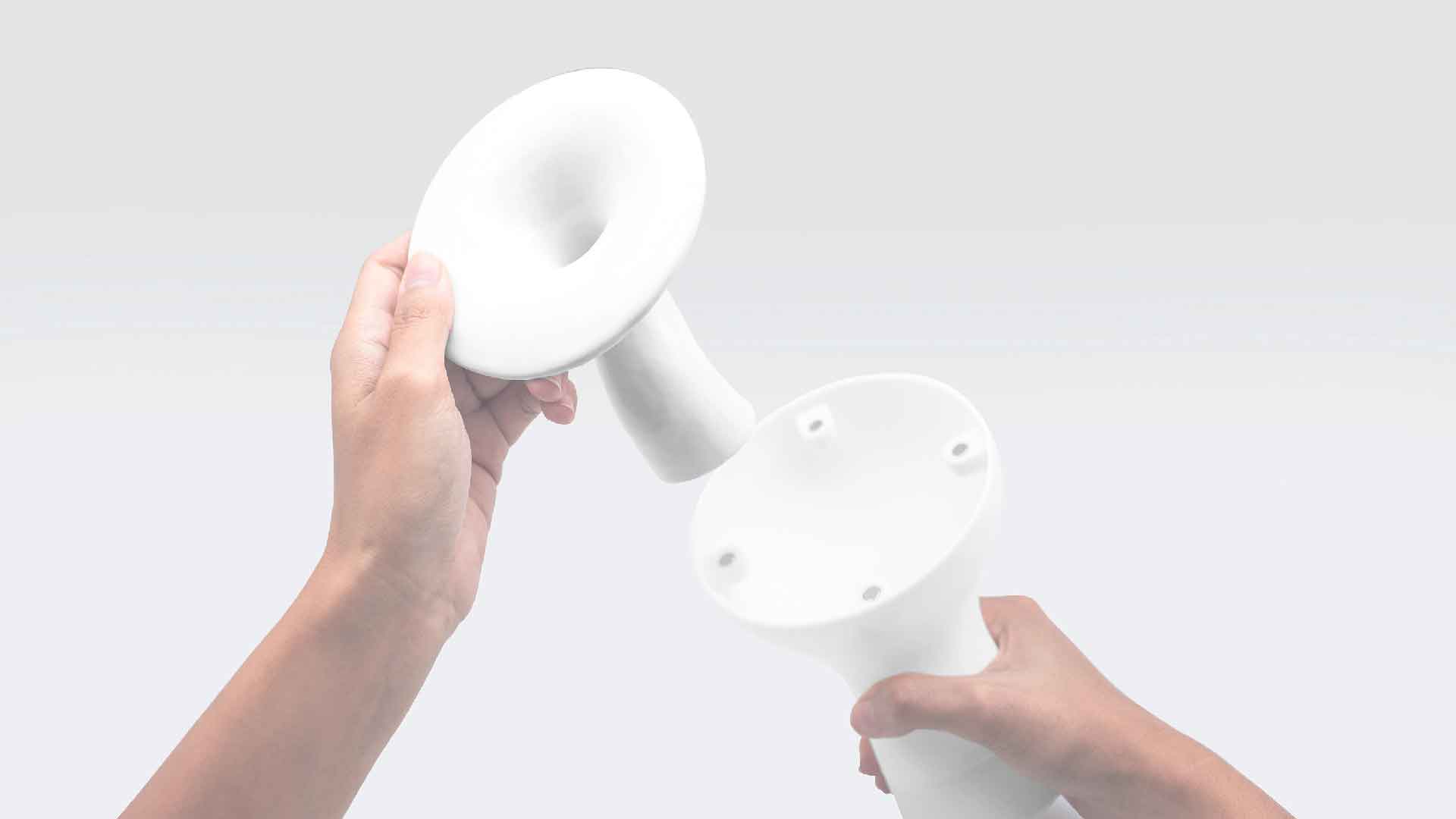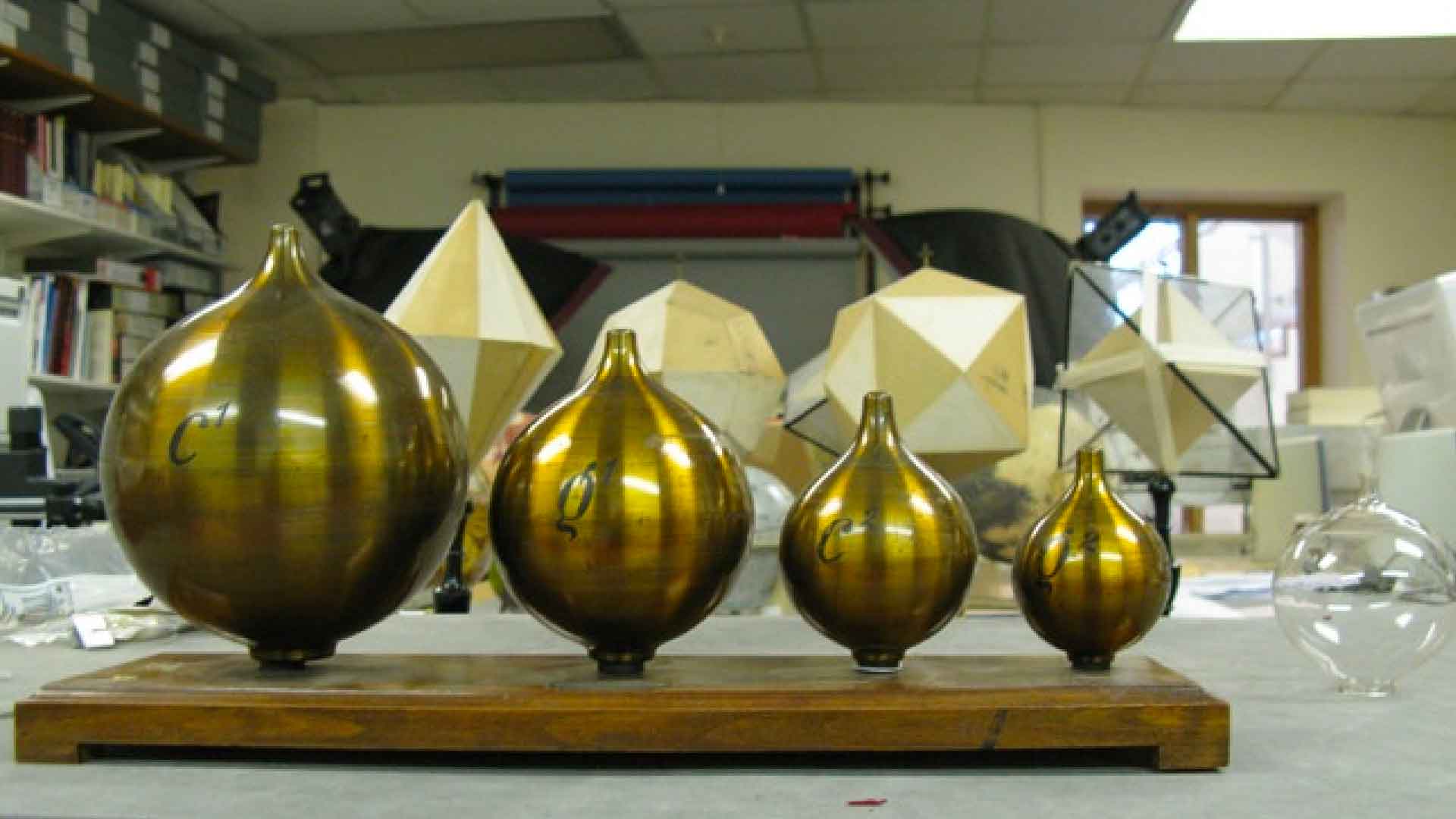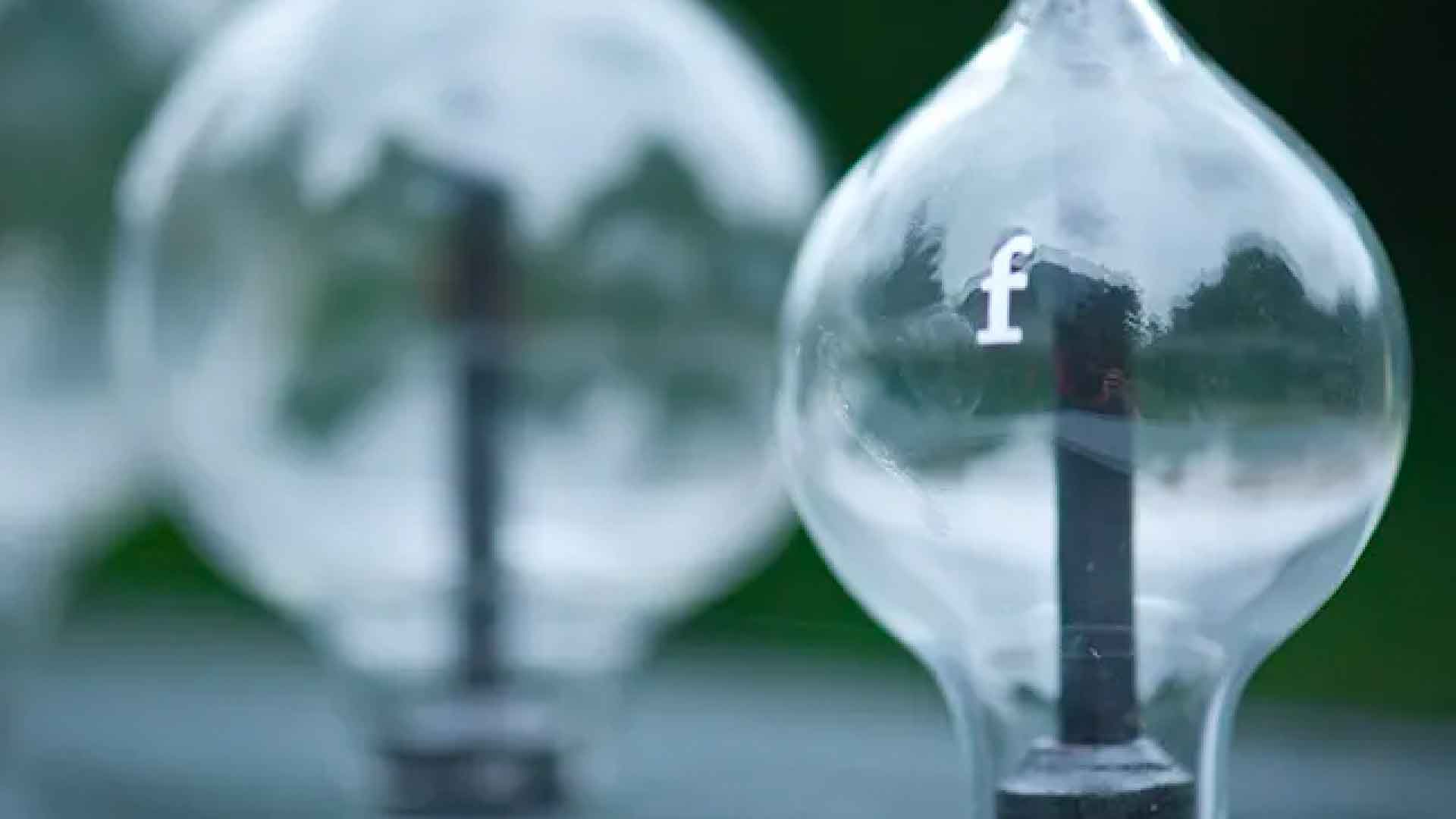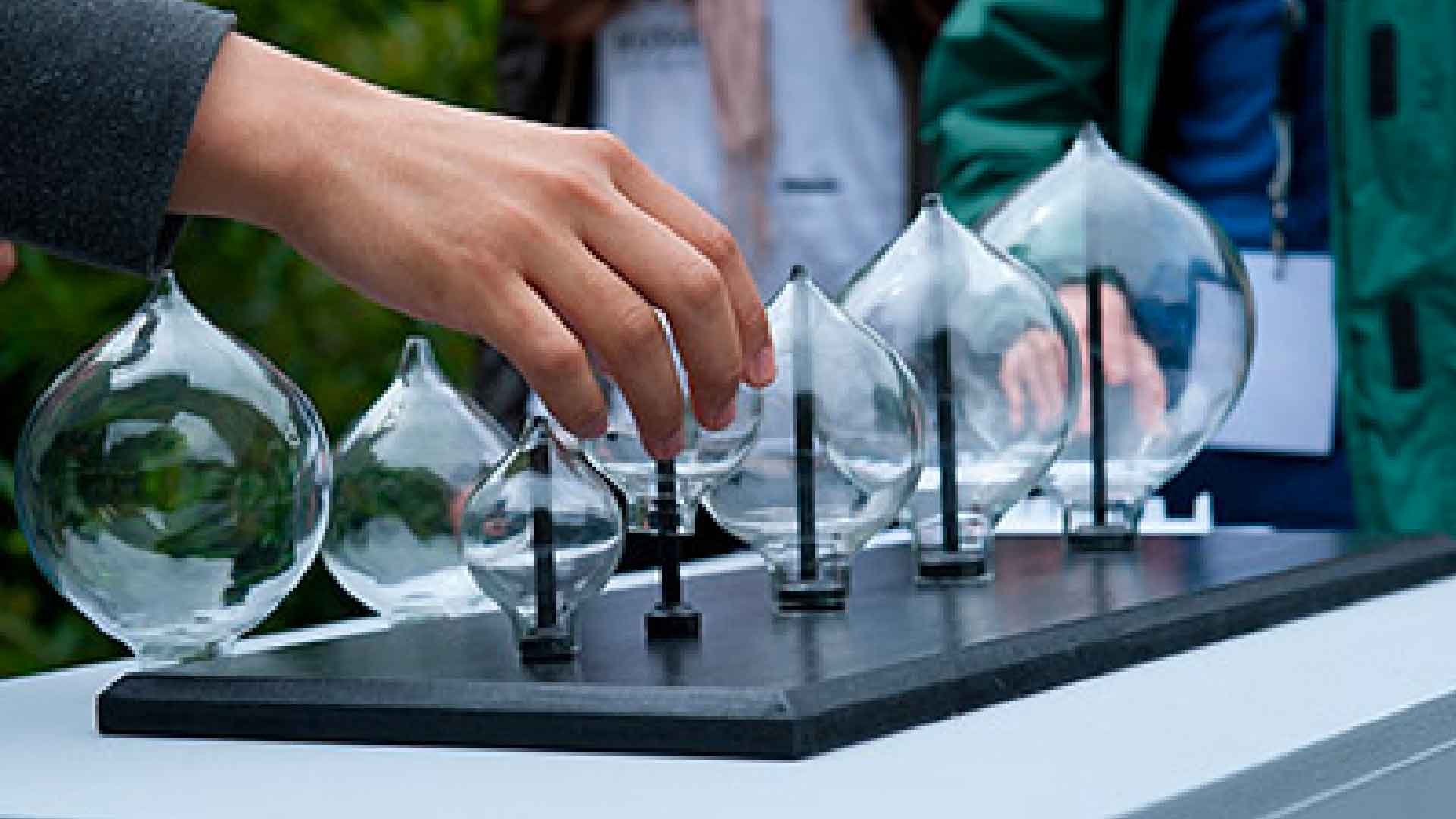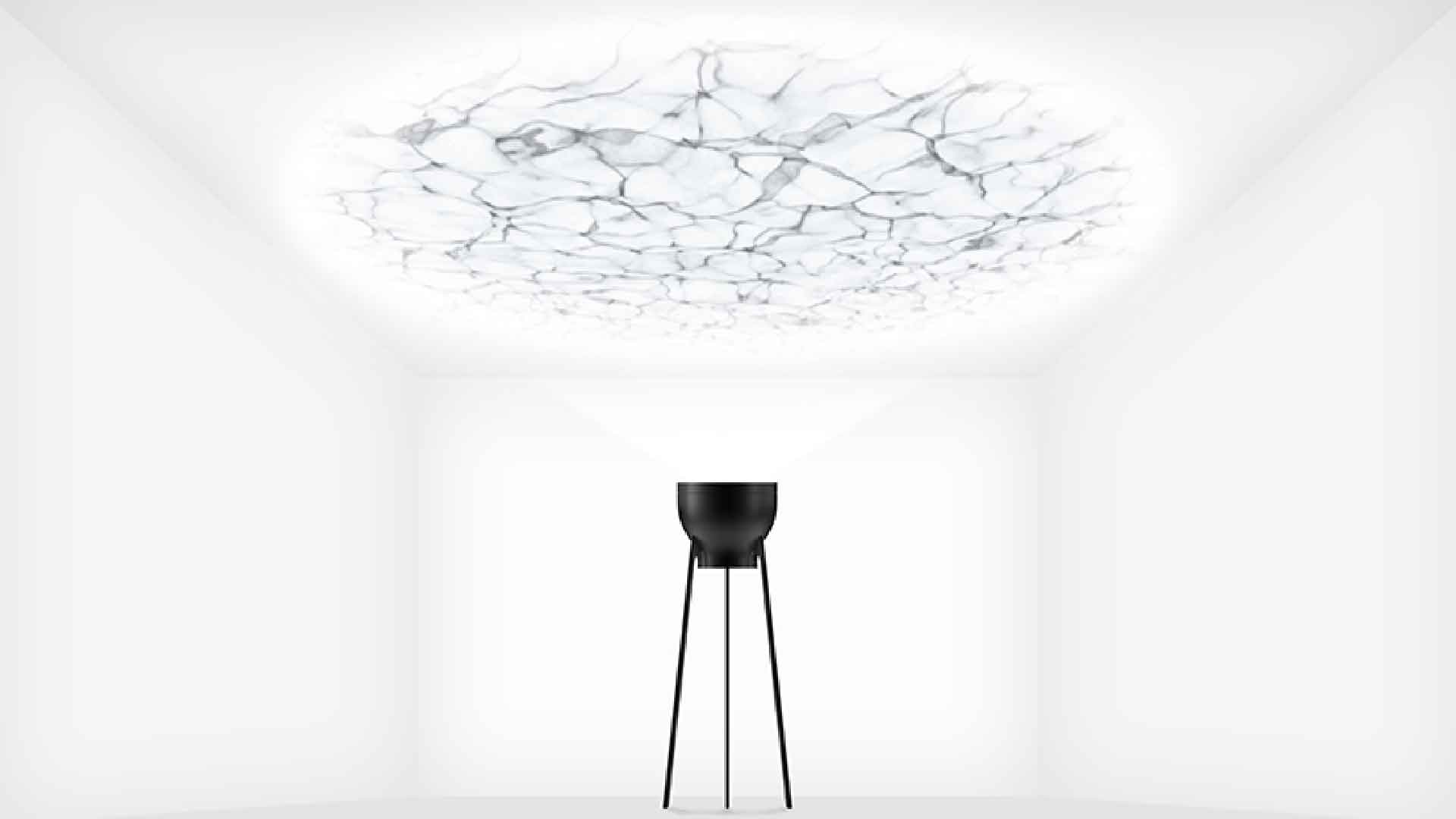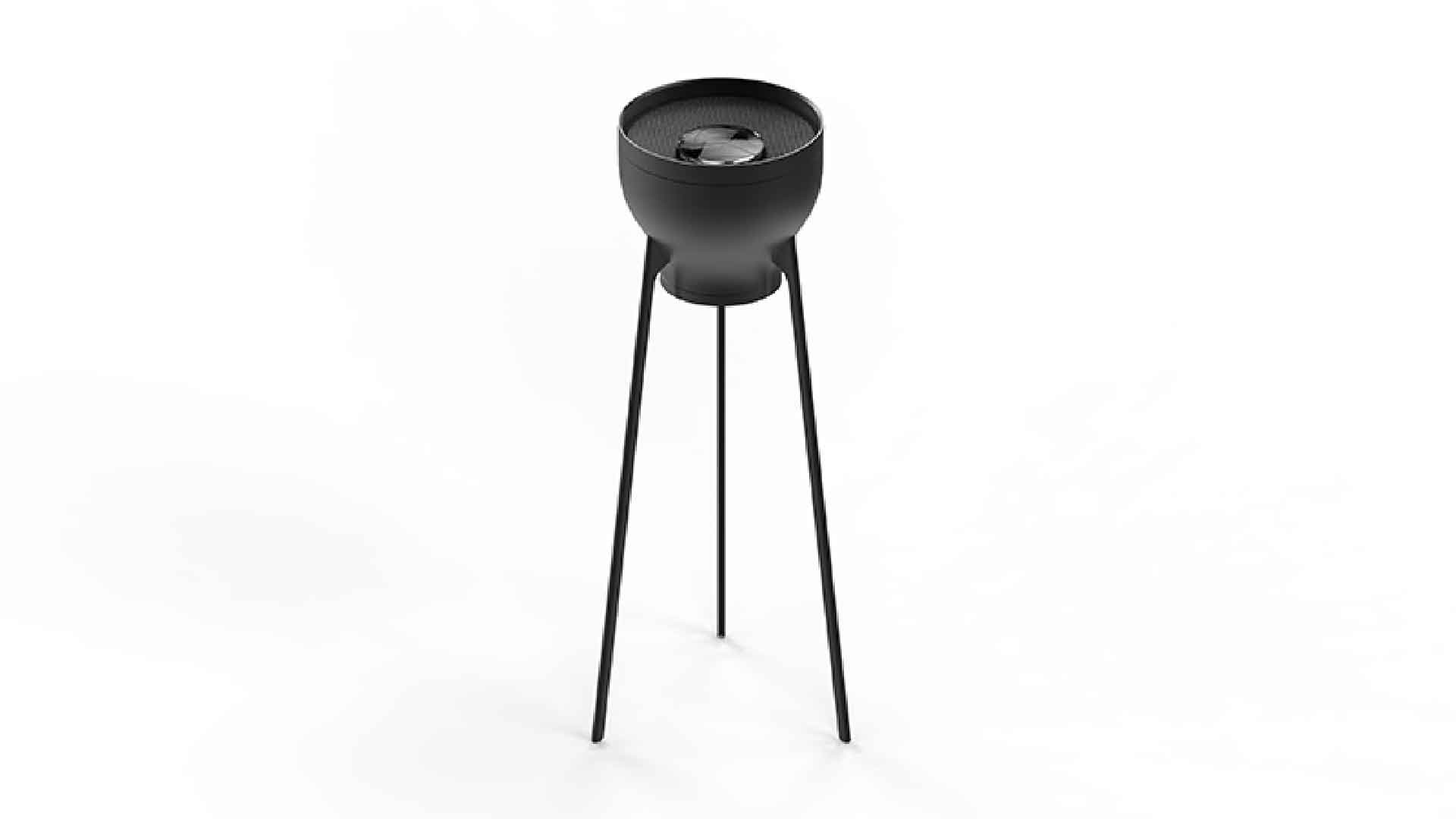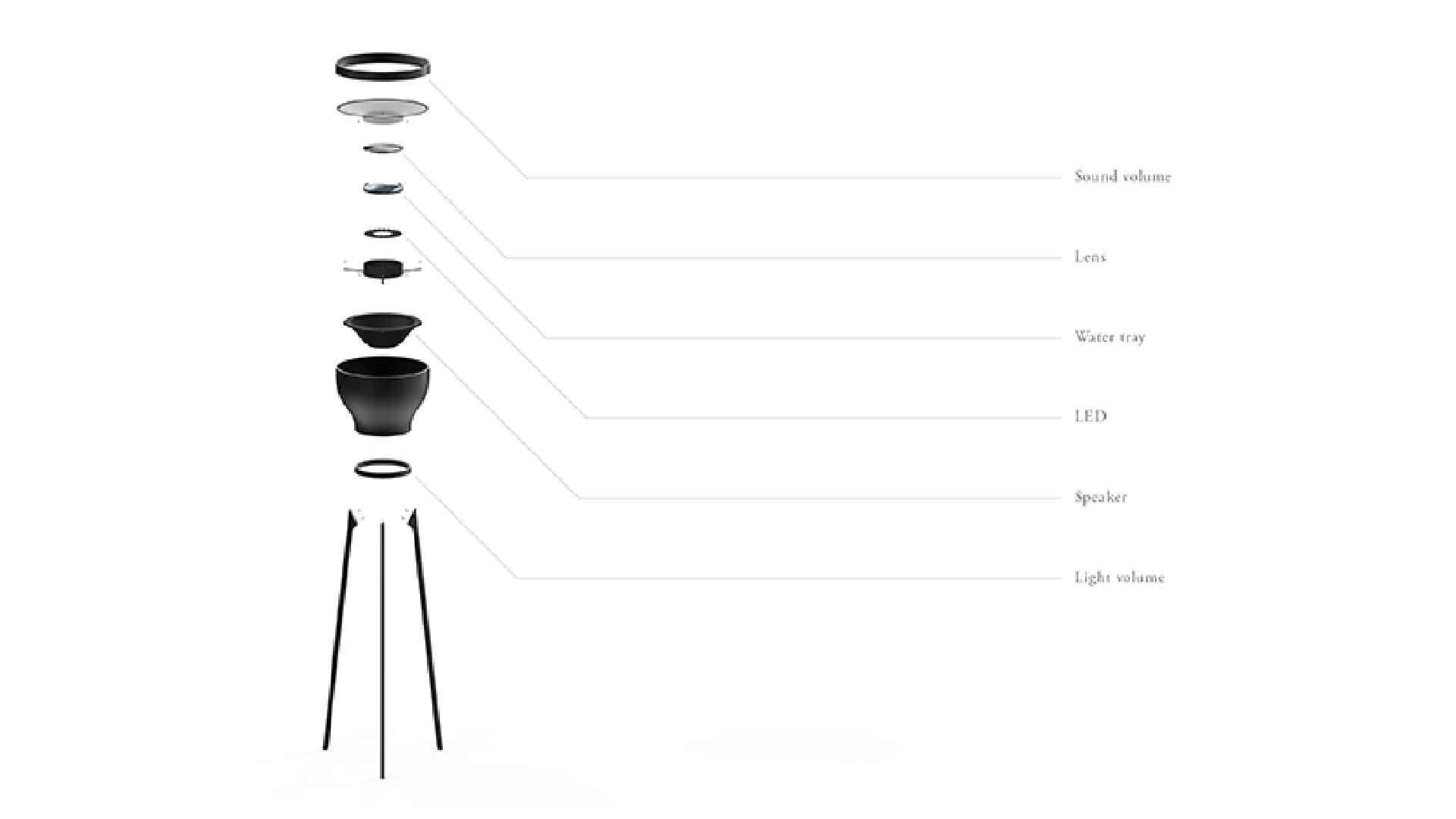Semester 01 Sound Interaction Case Studies
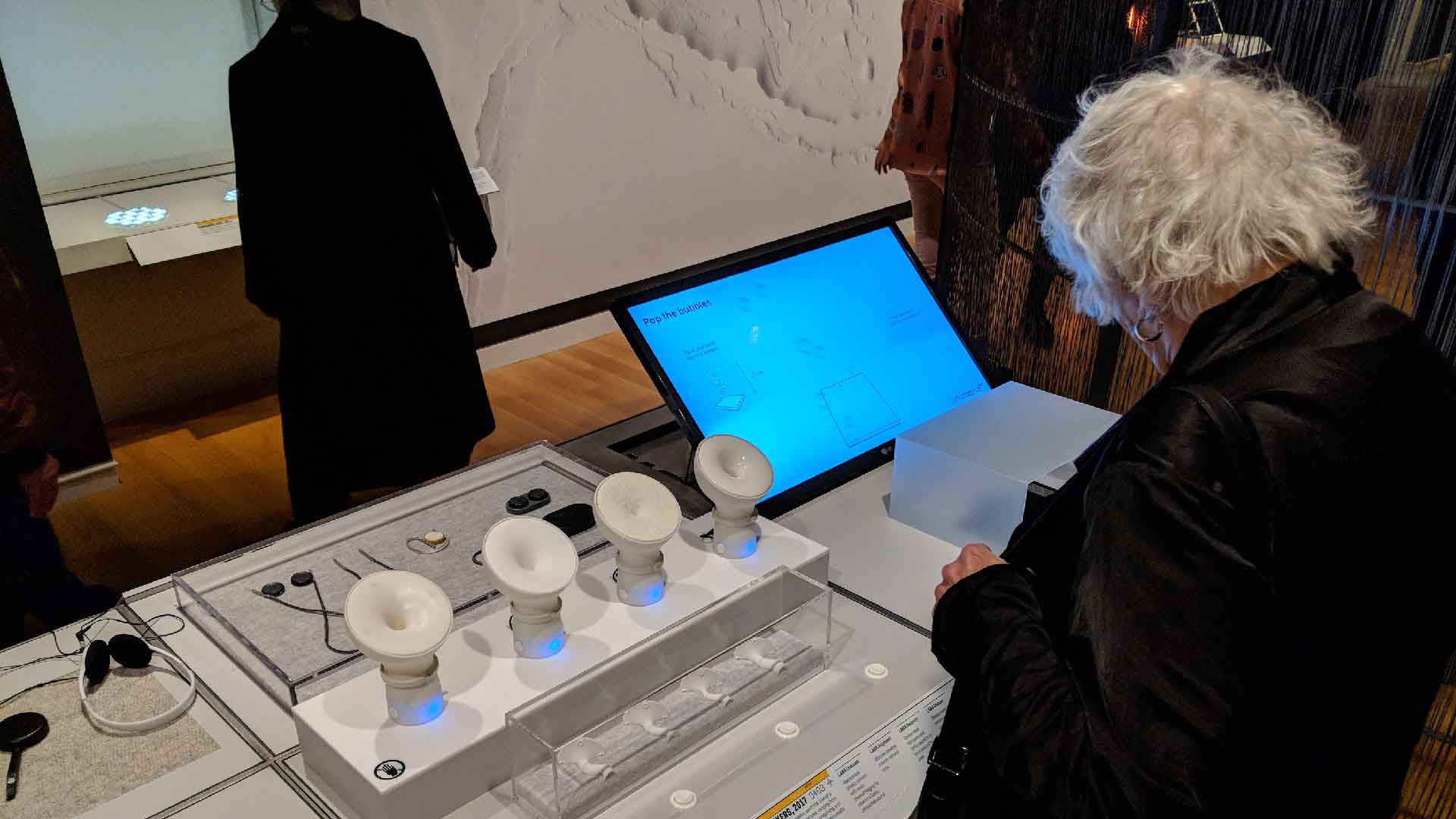
Introduction
Eason Chow (Singaporean, born 1989) and Pravar Jain (Indian, born 1993) designed Laba Speakers in 2017. Previously, the project was displayed as a part of the exhibition The Senses: Design Beyond Vision The exhibit explores how multisensory design enhances the ability of individuals to receive information, explore the world, satisfy their basic needs, and experience joy and wonder.
Using a variety of materials and textures, the designers created four white, cone-shaped speakers that are similar in shape and shape. In this project, the idea was to study different auditory effects generated by different materials and textures. The LABA speaker series utilises ear-like horns which alter sound based on the materials used and the shape of their horns. The speakers vary in their ability to amplify and reflect sound, resulting in varying auditory effects.
With a minimalist design and an emphasis on the beautiful horn designs and its surface profile, Laba's speaker tweeters are highly polished so that they reflect the beauty of the internal horn details evenly, which preserves the individual textures.
Img.26 - Laba Speakers
Listening Glasses
Dawn Scarfe is an artist whose work explores resonance, perception, and environmental atmospheres. She works with a wide range of media and contexts, including site-specific installations, performances and field recordings. During the research for her project Listening Glasses, she used different-shaped glasses outside to test how the shape of the glasses affects the sound.
Acoustic glasses are used in this sculptural installation to help individuals discover musical tones within their surroundings through the use of acoustic glasses. Each glass is calibrated to a particular musical tone and resonates and amplifies if a certain sound is heard in the surrounding air. The work was created as hollow spheres with funnels opening on each side.
Img.27 - Listening Glasses
Visualise Sound
The concept of a tray of water being placed on top of the speaker was an innovative idea, devised by Japanese artist Akira Okamoto for the LEXUS design award 2015. As a result of the vibrations in the speaker and tray of water, a visualisation of sound can be seen on the ceiling because a projector will shine light on the ceiling.
Although I was unable to find much information about the artist or project, I have included it in my CPJ because I like the simplicity of it. Link to project.
Img.28 - Visualise Sound
Sonic Bloom
Sonic Bloom is a multi-sensory sound installation by Japanese artist, designer and electronic musician Yuri Suzuki, which encourages communication by way of sound. Using a network of vibrant horn-shaped structures, the installation consists of an interactive flower created when these structures are combined. As a result of the structure's shape, the listener becomes more aware of the sounds in the space and amplify the sounds from the environment.
Additionally, the artist created a website on
which the sound recordings are transformed into
flower animations, which are then randomly
'planted' onto a map of Mayfair.
Link
to online platform.
Convolution Reverb
In Convolution Reverb, japanese sound artist, designer, and electronic musician Yuri Suzuki examines spatial audio as a way to manipulate the dimensions of our domestic spaces through spatial audio. For their 'Everyday Experiments', Space10 invited Yuri Suzuki and his Pentagram team to develop innovative ideas around technology.
'The idea of aurally changing the
architecture you live in is fascinating. You
often see this approach visually but never
with a sense that can be considered
intangible.'
— Yuri Suzuki
In a post-Covid-19 reality, we are confined to our homes more than ever because of a sense of claustrophobia and an inability to see diversity in our surroundings. Yuri and the team sought to resolve this issue through the use of sound and spatial audio. In audio production, convolution reverb is a technique that creates an audio snapshot of an actual space that can then be recreated virtually.
As a result of this project, anyone, not
just those with background in audio
engineering, is able to complete this
process. In order to achieve this, we
created a visualiser, which enabled the
direct connection between eye and ear, and
we used spatial technology to enable a more
immersive 3D experience using spatial
technology.
Link to prototype.
Lines
Lines, a project created by Swedish composer Anders Lind, examines lines as musical instruments. Three novel music instruments are created by attaching lines to walls, floors and ceilings and using sensors and electronics. As the purpose of this project is to explore new forms of musical interaction as well as new artistic expressions, we will be exploring new forms of musical interaction.
Using Max/MSP, the composer programmable the musical behaviours of the instruments. Each of the three instruments is comprised of five to fifteen analogue distance sensors connected to an Arduino board connected to a Mac mini and multiple sound cards. As a piece of participatory art, LINES is a participatory project that is best explored in groups but could also be experienced individually. A Maxuino addon translates the sensor signals through the Arduino into the Max/MSP programme.
There is a simplicity in the design and the final installation appears minimal, but the intricacies of the sound are beautifully complex. The installation plays with colour and sound and makes one feel as if they are inside a video game.
